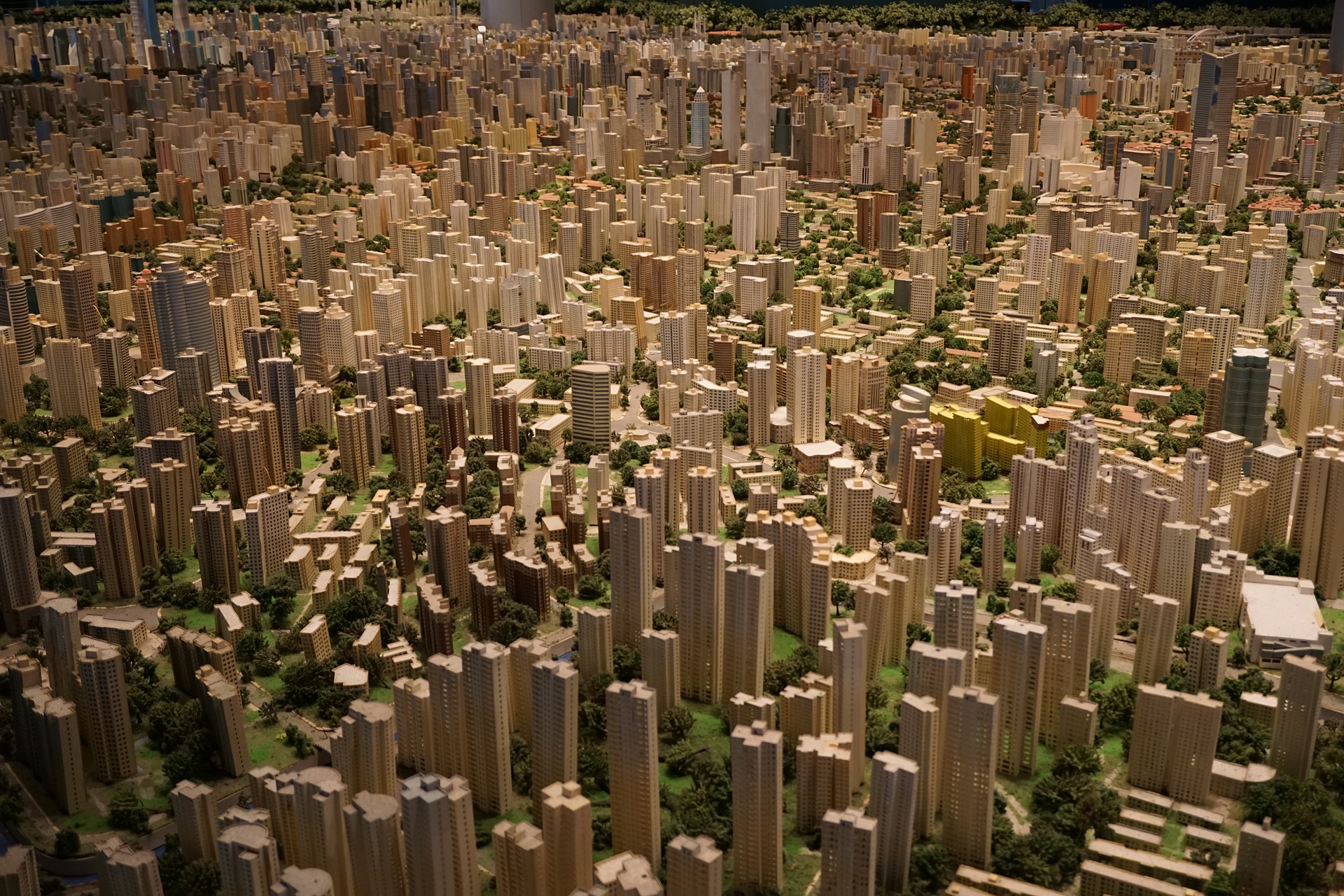Call for Papers. Iconography and Urban Planning in Capital Cities
The policies and standards of conventional urbanism are not always helpful in the context of capital cities. While self-government, economic efficiency and convenience for citizens are often cited as key components of a city, capitals are often governed with minimal participation by their own citizens (e.g., Washington, D.C.), and the goals of convenience and economic efficiency are often sacrificed to the more fundamental interests of the state. In addition, iconography and public places play a much more prominent role in the emergence and evolution of capital cities, compared to non-capitals. What distinguishes ancient capitals from modern capitals, and what are the normative characteristics of a capital city in terms of iconography? What iconography and what elements of the urban planning are needed in a modern capital city, and what can be considered less essential? What is the difference between the iconography of the relatively new designed capitals (e.g., Ankara, Islamabad, Brazilia or Astana) from the iconography of “organic” capital cities with long histories?
The topics of these two issues are iconography and urban planning in capital cities. Iconography and urban planning epitomize not only the politics of memory, but also specific visions or programs for national development. Iconography can be more or less successful in the facilitation of the fundamental functions of capital cities: the integrative, administrative, and performative functions, along with the functions of commemoration and preservation, and the diffusion of innovations. These cities often serve as the national development laboratories where iconography plays a prominent role in the articulation of their goals and identities. The development and new understanding of iconography is especially critical in countries that have liberated themselves from colonial rule and are seeking new forms of national and international integration. Post-Soviet and post-socialist capitals, as well as those of the Balkan states, which were transformed on the basis of de-Ottomanization, provide intriguing recent examples of the transformations and trajectories in the development of their respective national iconographies. The emergence of new capitals in postcolonial contexts is often accompanied by a revision or reconstruction of the old symbols and iconographies.
The first issue will focus on iconography and will ask the following questions. How does iconography and the built environment reflect the national development plans and facilitate different aspects of the capital city? How does it promote or resonate with the country's political development programs, the strategies of political compromise, new geopolitical positioning or economic integration into a new mega-region? What determines the choice of the architectural styles, the imagery and the urban physiognomy of the capital city? How do these built environments relate to the political visions epitomized by the capital? Beyond the national aspects, the projects of capital city reconstructions offer a futuristic vision of society, emphasizing the imperial, forward-looking and utopian aspects of society. Capital cities, especially new ones, often present themselves as important links in the chain of modern projects or critical links in the chain of human civilization.
The second issue will focus on the master-plans and the topography of capital cities, along with more routine issues of urban planning. Contrary to the common binary of "organic" and designed capitals, many "organic" cities (including many old capitals such as Constantinople, Baghdad, or London) originally emerged as designed cities. It is noteworthy that the layouts of some of these cities were given distinctive and imaginative shapes. Brasilia was built in a shape of an airplane (or ibis); Pyongyang took the shape of a boat. The inner city of Cusco, the Inca capital, was laid out in the shape of a cougar sacred to the Incas whose head was represented by the fortress. The landscape design of the government quarter in Canberra was planned in the form of a theater. The Government Complex in Sejong, South Korea, resembles a flying dragon, snaking through the northern part of the city and forming the world's largest rooftop garden. Although most capital cities are not based on such extravagant imagery, it would be interesting to investigate their specific morphologies, geometric shapes, typical configurations or iconic buildings that create the semantic frame of the city. The axial arrangement is very typical for many capital cities. How do these layouts, topographies and their symbolism correlate with their ancient counterparts, the sacred and religious centers? Articles written in a comparative perspective would be especially valuable.
We welcome a variety of methodological approaches, as well as interdisciplinary and comparative approaches to the proposed topics. We would be interested in articles where capital cities are seen not only as special functions with their material manifestations, but also as unique processes. Of particular interest is a comparative analysis of the components urban planning within one or several macro-regions. We would appreciate contributions to this volume from urbanists, archaeologists, historians, anthropologists, architects and architectural historians, and political scientists.
The co-editor of the thematic issue is Vadim Rossman, Doctor of Philosophy and Political Science (University of Texas at Austin).
By February 28, send a short abstract of up to 250 words to the email usp_editorial@hse.ru (please specify the subject of the email). Authors whose annotations are selected will be required to submit full articles by 17th May 2021.

